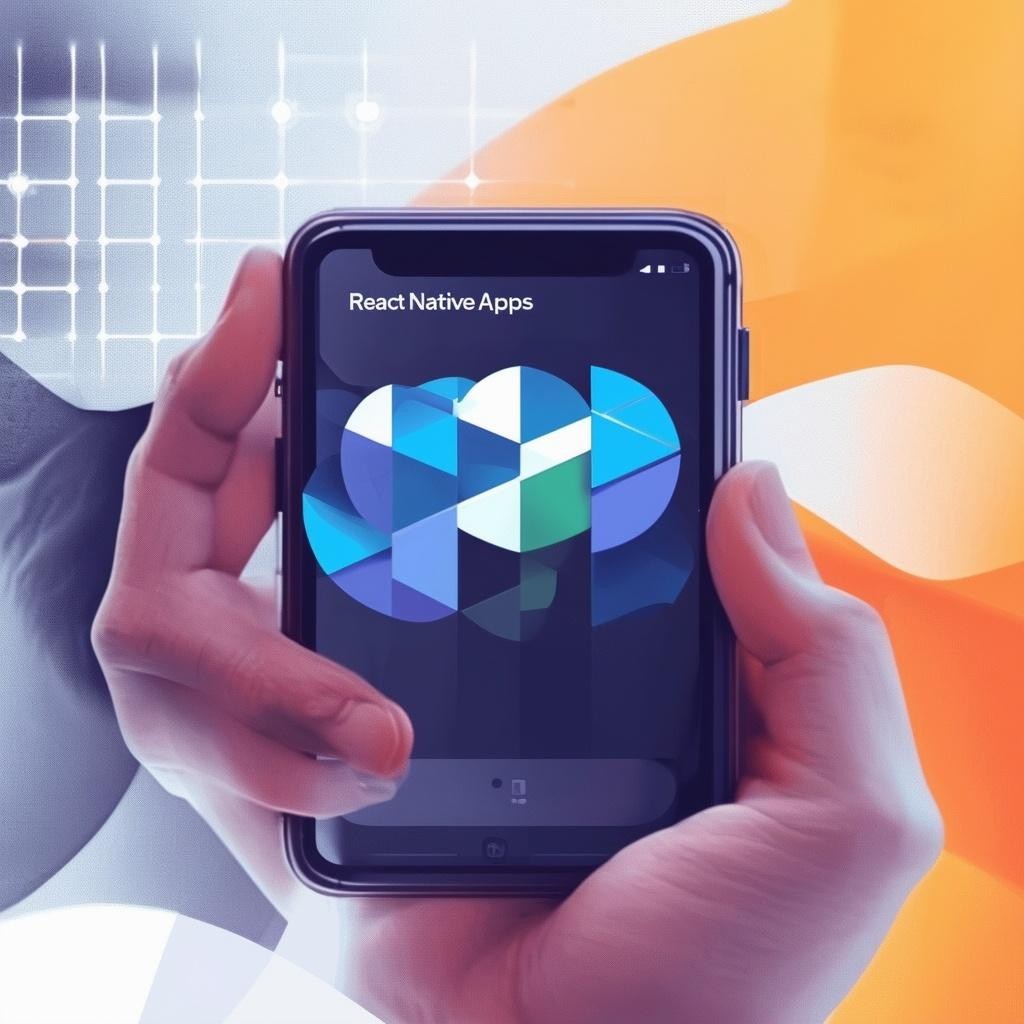React Native has changed the game for mobile app development, letting developers create awesome apps for both iOS and Android using just JavaScript and React. In this guide, we'll share some tips and tricks to help you build React Native apps that are super fast and perform really well.
1. Make Your Components Faster
1.1 Use PureComponent or shouldComponentUpdate
When a component's props or state change, React Native will re-render it. But sometimes, we don't need to re-render everything. You can make your app faster by using PureComponent or shouldComponentUpdate to skip re-renders when nothing important has changed.
class MyComponent extends React.PureComponent {
// Your component's code goes here
}
1.2. Cache Expensive Calculations
If your component does some heavy lifting, like big calculations, you can use memoization to save the results. This way, you don't have to redo the math every time the component renders.
import { useMemo } from 'react';
const MyComponent = ({ data }) => {
const expensiveResult = useMemo(() => doExpensiveMath(data), [data]);
// The rest of your component's code goes here
};
1.3 Load Components and Assets Later
You don't have to load everything upfront. Instead, use lazy loading to load components and assets only when you need them. This makes your app start up faster.
const MyComponent = React.lazy(() => import('./MyComponent'));
const App = () => (
<React.Suspense fallback={<Loading />}>
<MyComponent />
</React.Suspense>
);2. Keep Your App's State in Check
2.1. Less is More
Only keep the data you really need in your app's state. The less state you have, the faster your app will be.
2.2. Organize Your State
If you have data that's related, store it in a flat structure and use IDs to link things together. This helps keep your state nice and tidy.
2.3. Calculate Derived Data on the Fly
Instead of storing calculated data in your state, use selector functions to figure it out when you need it. This keeps your state lean and mean.
import { createSelector } from 'reselect';
const selectFilteredData = createSelector(
[selectData, selectFilter],
(data, filter) => data.filter(item => item.category === filter)
);
3. Smooth Out Your Animations
3.1. The Animated API is Your Friend
React Native's Animated API is built to create animations that look great and run smoothly.
import { Animated } from 'react-native';
const animatedValue = new Animated.Value(0);
Animated.timing(animatedValue, {
toValue: 1,
duration: 500,
}).start();
3.2. Go Easy on the Layout Animations
Layout animations can be tricky and slow things down. Use them sparingly to keep your app snappy.
3.3. Get Touchy with Gestures
For handling gestures like swipes and pinches, use the PanResponder API or libraries like react-native-gesture-handler. They're built to handle touches smoothly.
4. Tap into Native Power
4.1. Don't Reinvent the Wheel
There are tons of pre-built modules out there for tapping into native device features. Use them to save yourself time and hassle.
4.2. Keep Native Code Quick
When you do need to write your own native modules, make sure they're speedy and don't slow down your app.
5. Navigate with Ease
5.1. Pick the Right Navigation Library
Choose a navigation library that fits your app's needs, like React Navigation or React Native Navigation.
5.2. Load Screens Lazily
Only load the screens you need when you need them. Lazy loading helps your app start up faster.
5.3. Transition with Care
Stick to simple and speedy transition animations between screens. Fancy animations can sometimes make things sluggish.
Wrap-up
And there you have it! By following these tips and best practices, you'll be well on your way to creating React Native apps that are fast, responsive, and a joy to use. Remember, a little optimization goes a long way. Now go forth and build some awesome apps!




